Incredibly versatile, affordable, and convenient, plastic is the perfect solution to meet the demands of millions of people for day-to-day needs. There are varied types of plastic, but the ones which are mostly used are single-use plastic – cups, bottles, shopping bags, and food packaging among many other applications. Each of these single-use plastic has an average lifespan of 10 to 15 minutes of consumer usage before it is discarded.
Ironically, this plastic because of its chemical composition can stay on the planet for hundreds of years.
That means a plastic bag that you used to carry a single item from the supermarket will be around for several generations.
Single-use plastic has become an environmental nightmare, causing significant problems to air, water, and land, and also impacting the health of humans and biodiversity.
Given the challenges associated with plastic, finding solutions has become an immediate and critical need. Among the option that is gaining widespread acceptability is an outright ban on plastic materials, especially single-use plastic. Many countries across the world have already implemented the ban.
However, this raises the question of alternatives. Businesses and consumers would need options to carry and store materials. We need an alternative to single-use plastic that could be used over and over again or a material that can be easily recycled or composted.
Voila, an amazing plastic alternative has been developed by using algae found in our oceans and seas – Seaweed.
Seaweed is a kind of aquatic plant and algae that grows in water bodies like oceans, seas, and rivers. It is used for a variety of purposes like food, cosmetics, pharmaceuticals, biofuels, etc. Seaweed also reduces the impact of carbon emissions and improves the marine environment. More about Seaweed and its advantages here.
If that was not enough, this marine crop has emerged as one of the mediums to fight plastic pollution.
Plastic alternatives can be created using seaweeds and an Indian startup, Zerocircle is one of them. Zerocircle is a sustainable packaging company that makes plastic using seaweed that is completely biodegradable, cost-effective, and durable.
We had an insightful conversation with the founder of Zerocricle, Neha Jain to help us understand seaweed, her journey, Zerocircle plans, and challenges.
Currently, Zerocircle seaweed plastic will be able to replace LDPE (low-density polyethylene) and PP (Polypropylene) types of plastic. The Mumbai-based startup has signed up with large CPG companies to manufacture industrial packaging materials using seaweed. Neha mentioned that Zerocircle sources its seaweed from farming communities in the Indian coastal states, of Gujarat, Maharashtra, and Tamil Nadu.
Below are the edited excerpts of our conversation, for the full discussion you can watch the video on YouTube.
Tell us about your Journey.
I come from an IT background and had worked with several large conglomerates in the digital technologies space. I also did a lot of pro-bono work with many companies in the IT and architecture space. In 2018, I left my job and decided to make materials that make sense.
I started to examine the footprint of every material that goes into the engineering of 21st-century material. I realized that whatever the source of material it has a large unintended footprint that we don’t plan for. Like what is the impact of raw materials, then what goes into processing, and its end of life. Getting to understand this entire lifecycle was part of my two-year research. While I was doing this research I also realized that there has to be a material that is not only renewable but it has to be regenerative.
When I discovered seaweed, I realized that it is one of the ancient organisms that lived on this planet. In fact, the microalgae and macroalgae found in the oceans are the grandfathers of the trees we have on the land. The survival of the oceans is so critical for our life. It is important for us to understand that it is the ocean that we need to harvest sustainably. What can you take from the oceans that can be built into a material, used sustainably, and discarded sustainably? There is a lot of research happening in this space. I wanted to leverage the research that is being done and already done and create a solution around it.
Seaweed is the base material we use to replace plastic that is used only for a few minutes and remains in the system for 400 hundred years. The seaweed-made packaging can go away as easily as it came into life. Once you are done with the packaging you can throw in the wet waste and if by any chance it goes into the oceans, it is marine degradable.
Can you elaborate more on seaweed?
Seaweed is an alga that grows in the oceans. We understand flora, fauna, and fungi, then there is also an organism called algae, which comes in many forms. The most romantic form of algae is seen in the form of Kelp, which is like vertical forests in the ocean. Kelp is one of the 12000 known species.
What are the advantages of Seaweed?
Seaweed’s most interesting capability is the rate at which it grows, it performs photosynthesis, releases oxygen, and has zero intakes of our resources. Seaweed does not need any energy fertilizers, or freshwater to grow. Seaweed only needs seawater and sunlight to flourish.
More emotionally, I would say seaweeds are the lungs of the ocean. Seaweeds are not only reducing the carbon dioxide from the ocean, but also nitrogen and phosphorous, which enter the ocean because of agricultural runoff and impact the marine environment.
If seaweed can be cultivated and made into a useful product that does not leave anything bad, that is what we are imbibing in our products at Zerocircle.
Why did you select Seaweed to make the plastic alternatives and not any other agricultural crop?
Agriculture products are great because they are bio-based, but they require a lot of resources. Corn and Soy are exploitative in the way they are commercially produced. The question is do you want to use food to make plastic alternatives, as that will bring other problems of sustainability and food security?
How would you describe your product?
It might feel softer than plastic, but it looks a lot like transparent and flexible plastic, that you get in the market. We have maintained very easy compostability whereby our product decomposes like a vegetable.
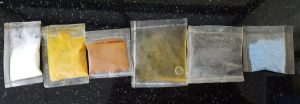
A common consumer might not be able to tell the difference. Moreover, we work with several B2B consumer brands, so the end customers will never directly buy that plastic from us. Our plastic will be used in processed foods, skincare & personal care products, and even fresh food packaging.
Our packaging is not just sustainable packaging, it is a comparatively better form of packaging with functional properties. We tested our packaging with fruits like bananas, berries, and tomatoes, and Zerocircle packaging is able to extend the shelf life of the product.
What all types of plastic, seaweed plastic will be able to solve?
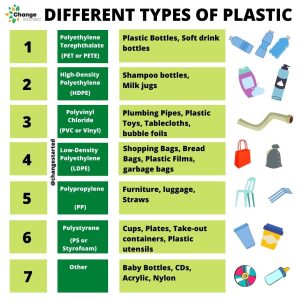
If we look at all 7 kinds of plastic, you have LDPE or PE and PP. These are polymers that are widely used for flexible transparent packaging. Currently, our plastic will be able to replace these 2 polymers.
Examples of this kind of plastic include the plastic covers that you see in the supermarket, which are flexible, like the packaging you will get for chips, noodles, milk, bread, etc.
Zerocircle’s first focus market is any food products that are dry. Milk and food products with high moisture content will go into the subsequent phase. However, oil packaging is part of our scope and we are talking to large CPG brands to replace oil packaging.
Starting this company wouldn’t have been easy. Did you receive any support?
I used my savings to start Zerocircle. In the last few years, there is an increasing consciousness about sustainable solutions. Then there is a lot of support system that exists to help in your journey.
Apart from the excitement, we see from our clients, we also see the excitement from the startup community. There are so many accelerator programs across the world that are helping small companies. We have been incubated by quite a few of them, which helped us not only to get connected to partners and clients but they have also helped us to reach out to global markets.
What were the challenges?
The biggest one was finding and attracting the right talent, especially in the biotech space. Material science is new in India, especially in the startup ecosystem.
What are your plans?
We recently raised a pre-seed round from a climate fund and that has helped us do the pilot production. In the first half of 2022, we will focus on executing the pilot production, which will help us to understand the capacity and the quantity we can produce.
The brands we are speaking to require materials in very large quantities.
From where are you sourcing seaweed?
We have partners from the states of Tamil Nadu and Gujarat. They are sustainably cultivating on their own.
There are two ways how we are getting biomass. One is through Seaweed Collectives, who do their cultivation. The other community is the SMEs who are doing land-based production, which means that the cultivation is done in a tank that is placed next to a seashore.
Land-based seaweed cultivation helps in producing a higher quantity of seaweed and it also helps in controlling the temperature, so that seaweed is not spoilt in case of fluctuating temperature.
Where do you plan to set up your manufacturing facility?
We want to keep the manufacturing within a 200 km radius of the site of seaweed production.
What is the cost of your plastic?
We compare ourselves with other biodegradable plastic and not with non-biodegradable ones. We are price competitive with biodegradable plastic.
What was the idea behind the name Zerocircle?
The idea is to imbibe the traits of zero carbon footprint, zero impact, and circular economy.
What is your personal connection with nature?
It’s been a process, for someone who took nature for granted. My personal connection with nature started when I got into rescuing animals. Generally, when we speak about the environment, we speak about you our home conditions and don’t necessarily look at the conditions that we create for the animals. The connection with animals made me realize the importance of nature and the world we are creating.
You can watch the full interview on our YouTube channel.

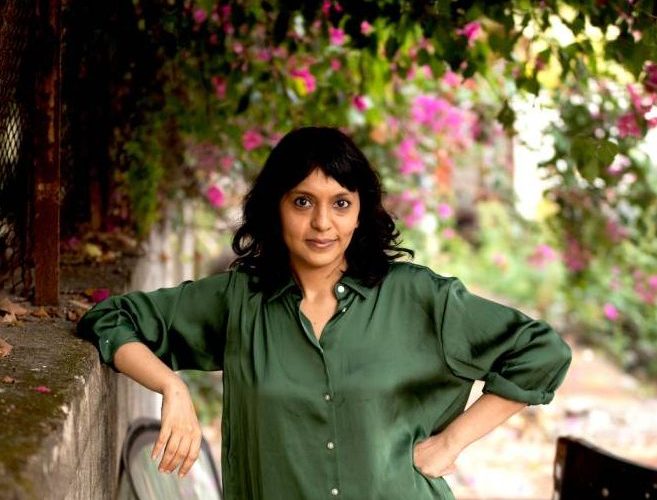
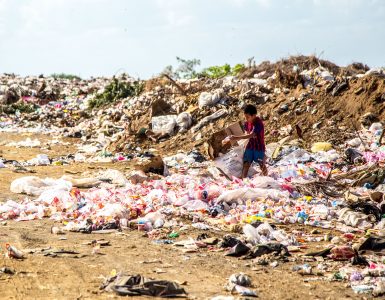
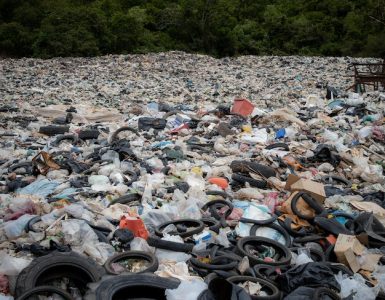
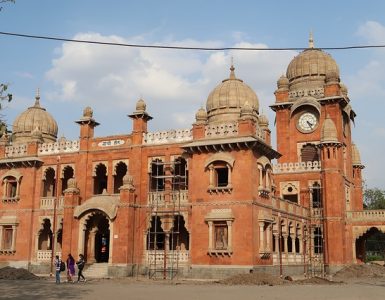

Add comment